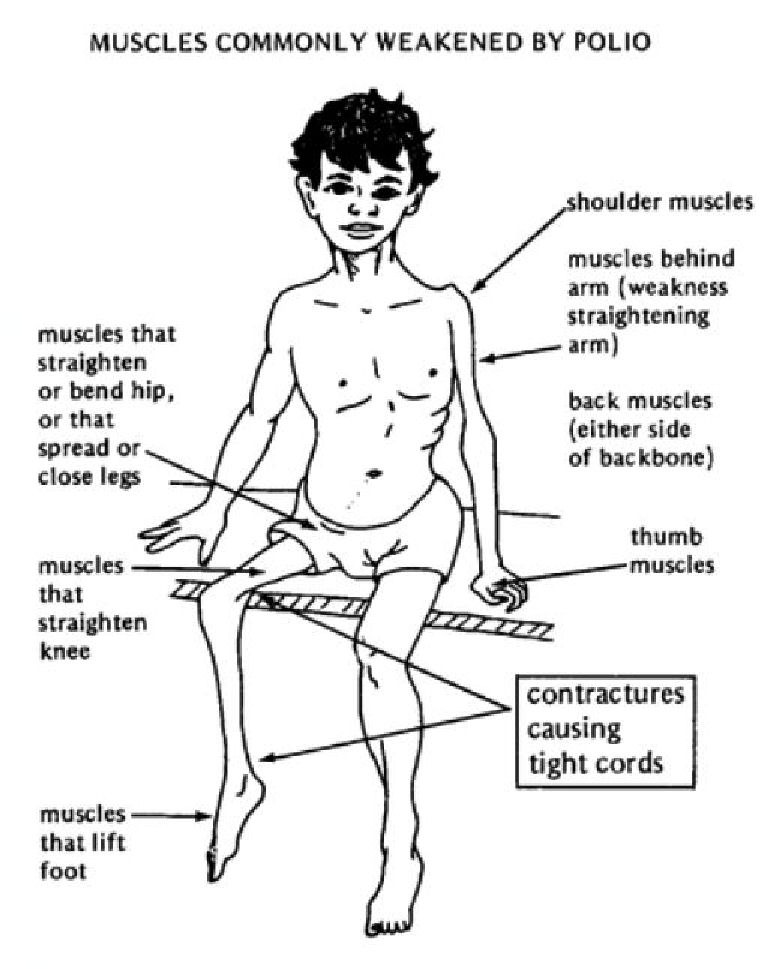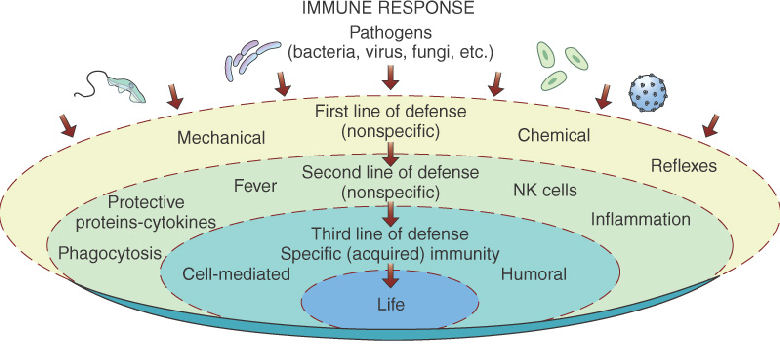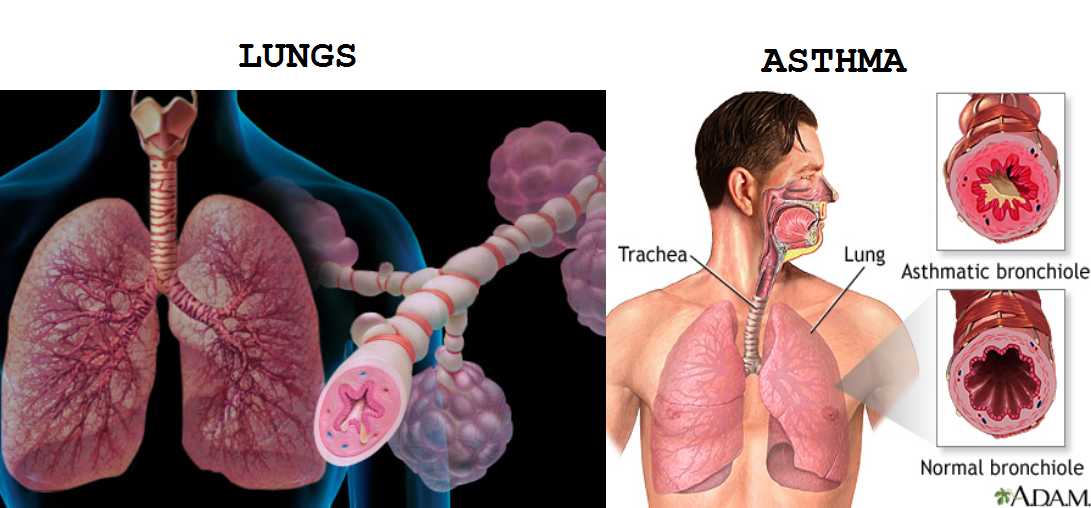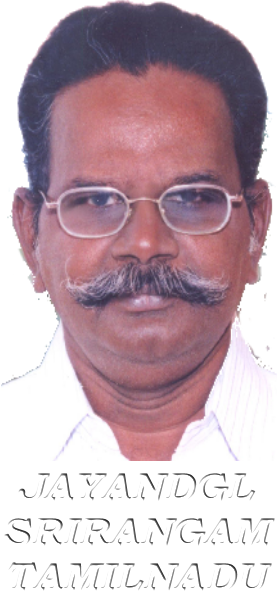Monthly Archives: April 2014
239.WHAT IS POLIO?
There are few diseases that have caused as much discussion and as much fear as polio. In fact, the fear of polio is all out of proportion to the damage it causes.
Polio is the nickname for infantile paralysis, or acute anterior poliomyelitis. It occurs in epidemics but some is present all the time. Though it most often attacks children, anybody can catch it Of the great numbers of people who catch polio, few are seriously affected.
238.WHAT IS IMMUNITY?
All around us there are invisible forms of life which we call germs. They are in the air, in the soil, in the water we drink and the food we eat. Many of them are harmless or even beneficial to man, but others may cause diseases. The human body has many natural weapons to fight off the attack of the harmful germs. For instance the digestive juices and the blood itself kill of many kinds of germs. But certain ones enter the body and start an infection. Then the antigerm “soldiers” in the body spring into action. These are the white corpuscles in the blood. They can pass right through the thin walls of blood vessels and they can wander all over the body. The white blood corpuscles gather at the point of attack and destroy the germs by feeding on them.
237.WHAT IS ASTHMA?
Asthma is not a disease itself, but a symptom of some other condition. When a person has asthma, he finds it hard to breathe because there is an obstruction to the flow of air into and out of the lungs.
This barrier or obstruction may be caused by a swelling of the mucous membranes, or by a constriction of the tubes leading from the windpipe to the lungs. When a person has an attack of asthma, he develops shortness or breath, wheezing, and coughing. The attack may come on gradually or develop suddenly.




